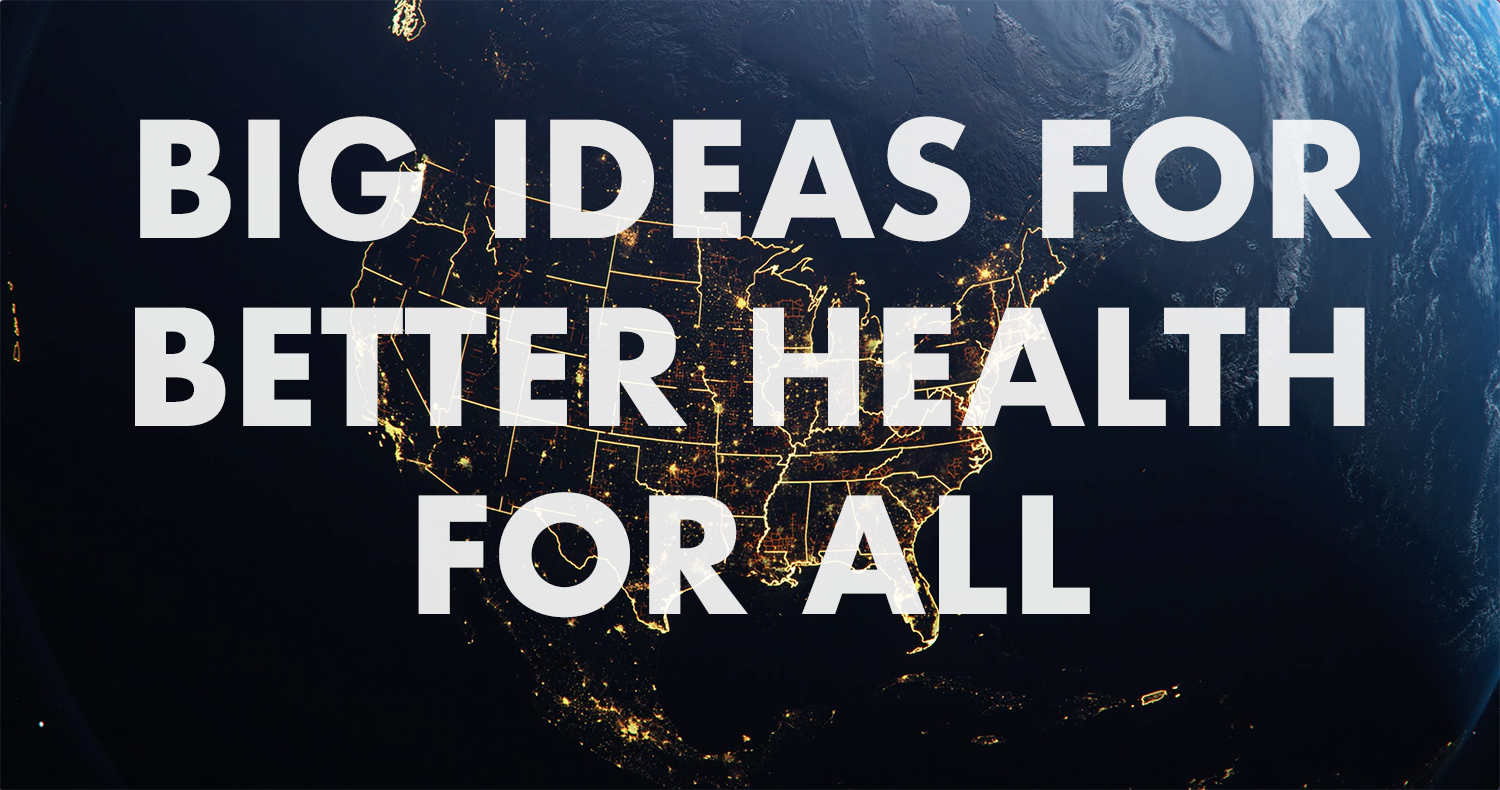
December 22, 2022
Better health for all is possible.
Better health for all (or health equity) is achievable when healthcare providers and communities work together for systems change. Across the United States and territories, from Hawai’i to New Jersey, equity centered leaders are collaborating from every healthcare discipline. Big Idea Talks are in the TED Talk style meant to inspire others to action. Watch the big ideas for better health for all from Clinical Scholars Cohort 2019 below.
What would it look like if our healthcare system ran on the revenue of wellbeing instead of suffering?
Nurse and paramedic Justin Porter shares his healthcare journey into palliative care, and the 3 shifts we can make to improve quality of life. His experience working on a flight team showed that our healthcare system had elements that didn’t sit well with him. He could see that we have the best technology and the most highly trained professionals, but suffering seemed to ooze from the seams. He could see that our healthcare system wasn’t always about improving quality of life and sometimes made people’s lives much worse. As he gained experience working with people facing serious illness, he saw things could be different.
Why teaching resilience can ready and steady our future healthcare workforce.
Psychologist Aukahi Austin Seabury shares her team’s story of building resilience in students and in turn, the people they will serve. Imagine being a healthcare student and looking out at your career. It looks very different than what was promised before the COVID-19 pandemic. It’s known that we need to prepare our health learners for the work they face and not expect them to magically know how to engage in this taxing work and not burnout. Her team knows what needs to be done by combining years of research in various disciplines and from the indigenous wisdom of first world nations. Train them to play well with others, work as a team, and teach them resilience.
What happened when adults in Appalachia engaged kids with BRIEF health lessons?
Dietitian Julie Plasencia and Nurse Practitioner Angie Grubbs’ work shows that health education can start early, be fun, fast, and involve the community. Poor health is costly to families and communities. Children will keep missing school, their parents will have to miss work, and their teachers will continue to play catch up with children who are falling behind. Every child is born with an innate desire to thrive, and adults have the responsibility to support each child in leading a healthy life.
How 7 year old Manuel and his school’s CHW saved the day.
Pediatrician Kenneth Fox shares how his team is reimagining schools as a place for improving health. Healthy students are better learners and students learn better in healthy schools. Yet, Manuel like nearly 1 in 12 US kids, has asthma. And that figure is up to 1 of 4 kids in some Chicago neighborhoods like Back of the Yards. Childhood asthma is a chronic condition for which there are remarkably effective treatments. However, racial/ethic and class inequities are linked to inequities in educational outcomes. But, you know what? It’s going to be OK because community health workers in schools can help.
Why and how people not programs can heal broken systems.
Trauma surgeon Stephanie Bonne and social worker Colleen Smith share how people over programs, relationships not interventions, have improved both the healthcare and criminal legal systems in Newark. Each of them share stories of people they’ve met navigating both broken systems at the same time. See how they aligned their fields of practice to address legal and healthcare needs as one.
What’s possible when communities help fill healthcare cracks and gaps?
Community nurse Kathey Avery shares the story of a father and son she has worked with over the last three years. Her team’s approach is to connect care and resources to residents by training community health workers and community nurses embedded in the community.